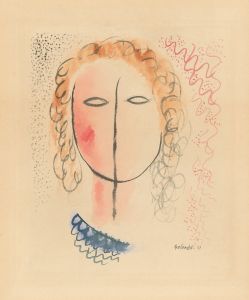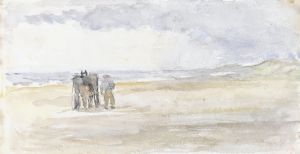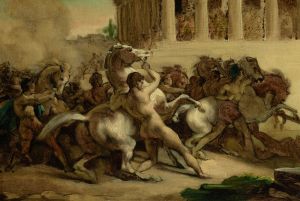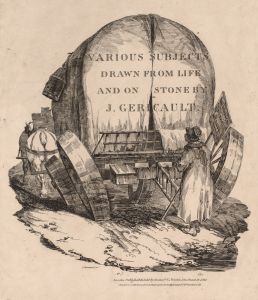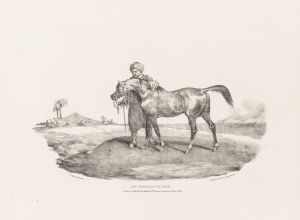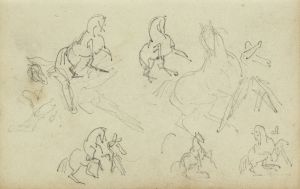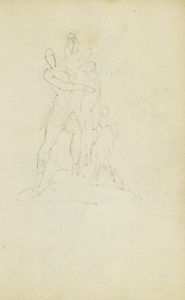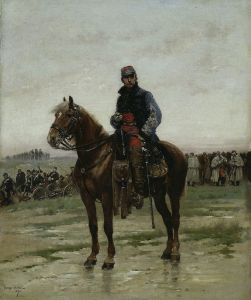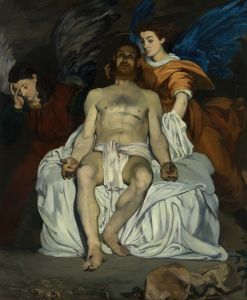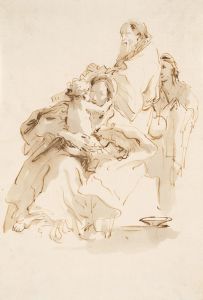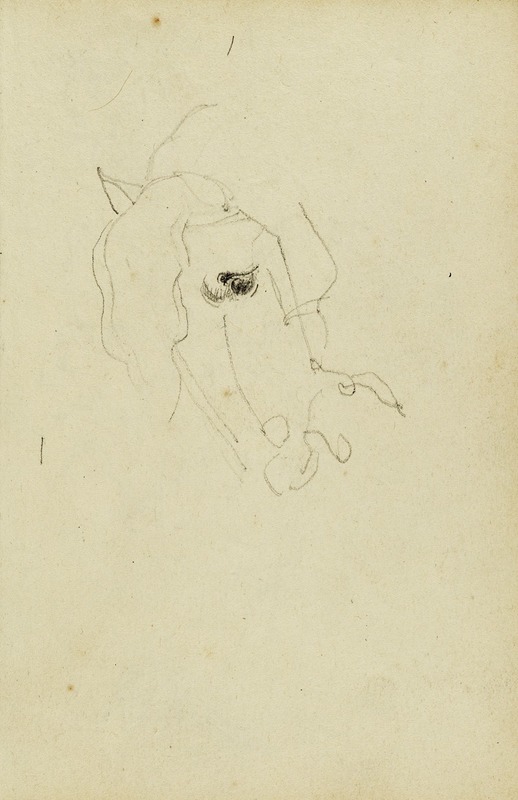
Horse head
A hand-painted replica of Théodore Géricault’s masterpiece Horse head, meticulously crafted by professional artists to capture the true essence of the original. Each piece is created with museum-quality canvas and rare mineral pigments, carefully painted by experienced artists with delicate brushstrokes and rich, layered colors to perfectly recreate the texture of the original artwork. Unlike machine-printed reproductions, this hand-painted version brings the painting to life, infused with the artist’s emotions and skill in every stroke. Whether for personal collection or home decoration, it instantly elevates the artistic atmosphere of any space.
Théodore Géricault, a prominent French Romantic painter, is best known for his monumental works such as The Raft of the Medusa. However, he also created a number of smaller studies and sketches that reflect his keen interest in anatomy, movement, and the natural world. One such work is Horse Head, a painting or study that exemplifies his fascination with equine subjects.
Géricault had a deep appreciation for horses, which is evident throughout his oeuvre. He frequently depicted them in various forms, from dynamic battle scenes to detailed anatomical studies. His interest in horses was not merely artistic but also scientific, as he sought to capture their physicality and spirit with precision. Horse Head is a testament to this dedication, showcasing his ability to render the musculature, texture, and expression of the animal with remarkable accuracy.
The exact date of creation for Horse Head is not definitively documented, but it is believed to have been produced during Géricault's career in the early 19th century. This period was marked by his exploration of Romantic themes and his commitment to realism in his studies. The work is likely one of the many preparatory studies or standalone pieces he created to hone his skills and deepen his understanding of equine anatomy.
The medium of Horse Head is also not definitively recorded, but Géricault often worked with oil on canvas or paper for his studies. The painting demonstrates his mastery of light and shadow, which he used to emphasize the contours and structure of the horse's head. The attention to detail in the depiction of the animal's features suggests that Géricault may have studied live horses or anatomical models to achieve such realism.
While Horse Head is not as widely recognized as some of Géricault's larger works, it remains an important example of his artistic process and his ability to capture the essence of his subjects. The painting reflects the Romantic era's emphasis on emotion, nature, and the sublime, even in its more intimate and focused studies.
Today, Horse Head is appreciated as part of Géricault's broader body of work, which continues to influence and inspire artists and art historians. Its exact location or ownership may not be widely documented, but it remains a valuable piece for understanding the artist's approach to both technical skill and emotional expression.






